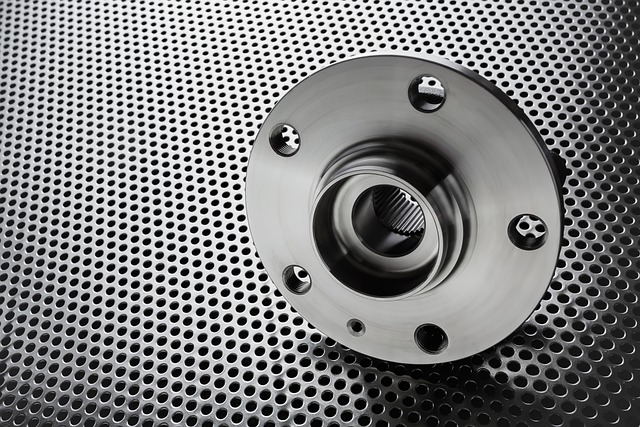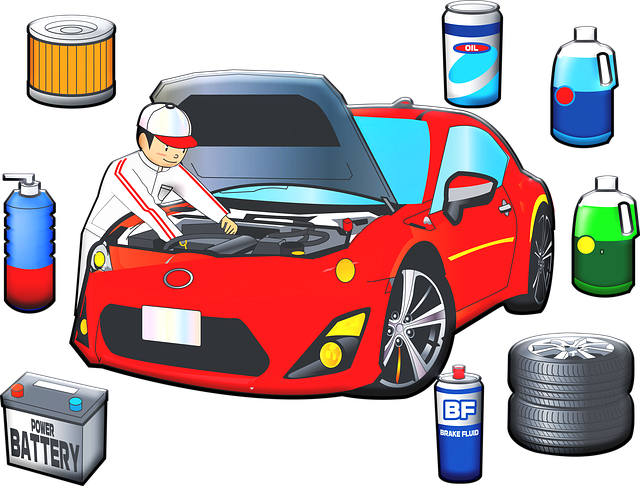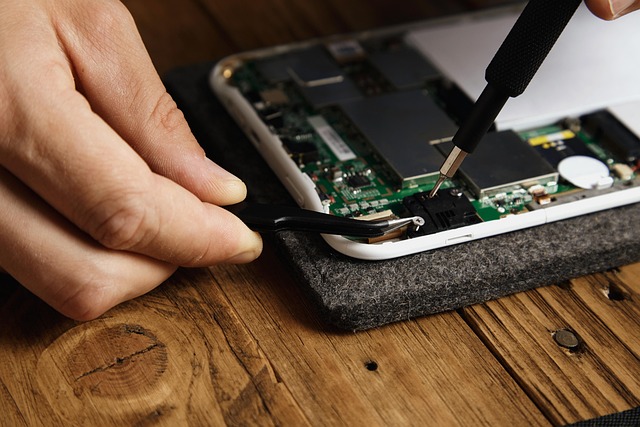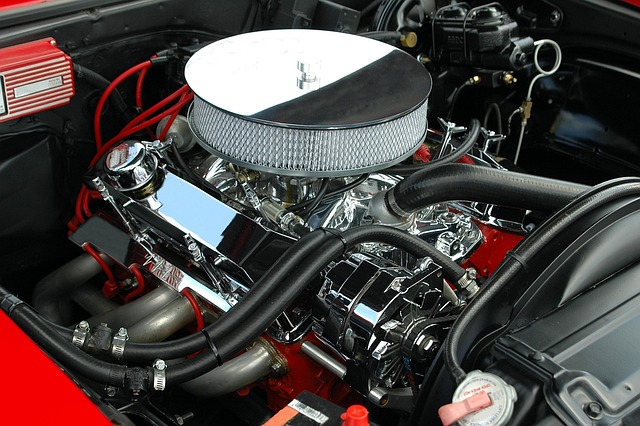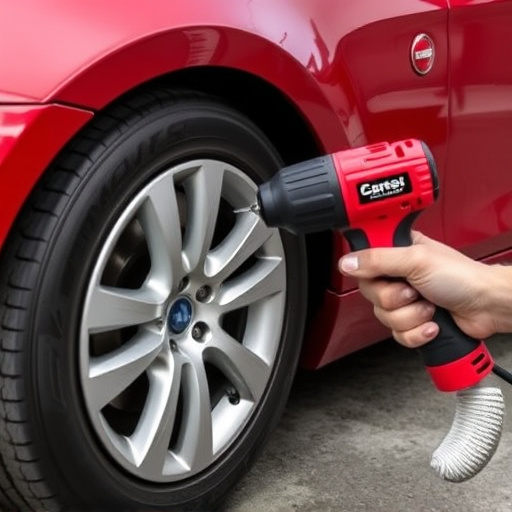In today's fast-paced world, seamless communication is crucial for efficient vehicle damage repairs, especially bumper or bodywork fixes. Integrating insurance timelines with regular repair status updates enhances transparency and speeds up claim management. This involves a robust data management platform handling large volumes of vehicle repair records and automated real-time communication channels for all parties involved. An integrated approach reduces administrative tasks, streamlines claims processing, and boosts customer satisfaction through timely repair status updates. Businesses must adopt strategies prioritizing digital platforms that synchronize insurance software, CRM, and job management tools, enabling automated notifications and alerts to facilitate transparent interactions throughout the repair process.
In today’s fast-paced world, efficient communication and transparency are crucial in managing insurance claims and repairs. Integrating insurance timelines with repair status updates offers a transformative solution. This article explores the necessity of such integration, highlighting key components for an effective system. We provide strategies to ensure seamless alignment between repair progress and policyholder updates, fostering better customer satisfaction through real-time communication.
- Understanding the Need for Integrated Timelines and Status Updates
- Key Components of an Effective Insurance Timeline System
- Strategies for Seamless Integration and Real-Time Communication
Understanding the Need for Integrated Timelines and Status Updates
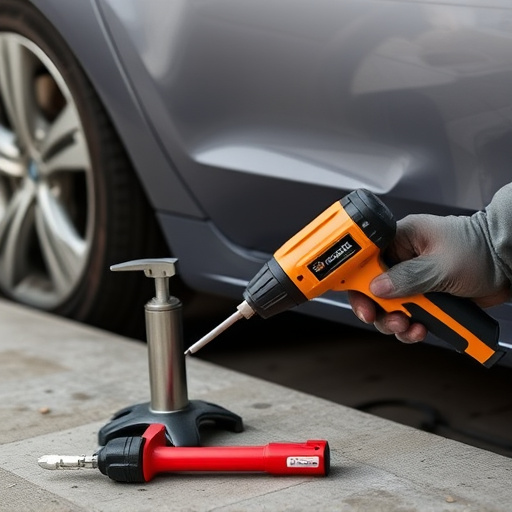
In today’s fast-paced world, where every minute counts, especially when dealing with vehicle damages, seamless communication and coordination are paramount. Integrating insurance timelines with repair status updates offers a much-needed solution to streamline the often complex process of car bodywork or bumper repair. This approach ensures that both insurance providers and customers remain informed throughout the journey from initial claim to final restoration, enhancing transparency and efficiency.
By combining these two elements, repair status updates can provide real-time insights into the progress of a car body restoration, allowing insurers to better manage their claims and policyholders to have peace of mind. This is particularly crucial when dealing with complex repairs that may span several weeks or even months. Timely and accurate information ensures that every party involved is on the same page, facilitating quicker decision-making and reducing potential delays or misunderstandings.
Key Components of an Effective Insurance Timeline System
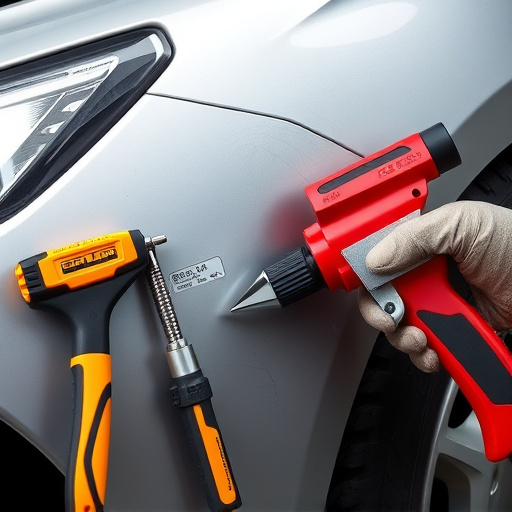
An effective insurance timeline system for managing repair status updates should incorporate several key components to ensure seamless integration and efficient claims processing. First and foremost, a robust data management platform is essential. This centralized system must be capable of storing and organizing vast amounts of data related to various types of vehicle repairs, including fender repair, car dent repair, and car bodywork services. Each record should include detailed information such as the incident date, repair initiation date, estimated completion time, actual completion time, and any relevant notes from the technician.
Additionally, real-time communication channels are vital for keeping all parties informed. This involves implementing features that enable automated status updates, alerts, and notifications. For instance, when a car dent repair is completed, the system could automatically notify the insured, their insurance provider, and the designated appraiser, providing a transparent view of the repair progress. Such an integrated approach streamlines the process, reduces administrative burdens, and enhances customer satisfaction by delivering timely repair status updates.
Strategies for Seamless Integration and Real-Time Communication
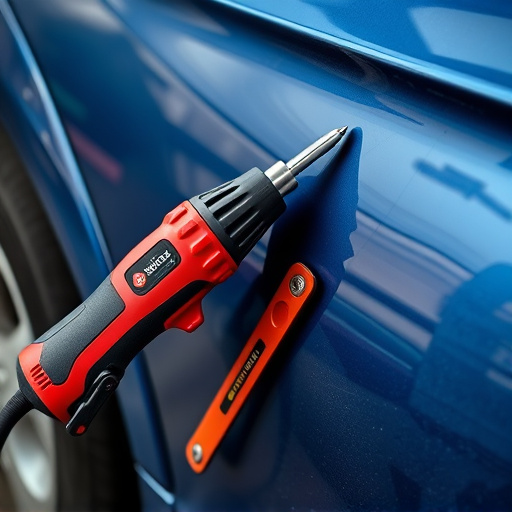
To achieve seamless integration of insurance timelines with repair status updates, businesses must adopt strategies that prioritize real-time communication and data synchronization. This involves implementing digital platforms capable of seamlessly integrating various systems, such as insurance software, customer relationship management (CRM), and job management tools. Real-time updates ensure that every stakeholder, including insurers, policyholders, and repair technicians, has access to the latest information regarding claim processing and vehicle restoration progress.
Effective communication strategies include automated notifications, email alerts, and SMS updates. For instance, once a vehicle enters the workshop for frame straightening or automotive collision repair, an immediate notification can be sent to the insurance provider, triggering the relevant timeline in their system. Similarly, when significant milestones like vehicle paint repair are reached, policyholders and insurers should receive prompt updates, fostering transparency and expediting the claims settlement process.
Integrating insurance timelines with repair status updates is a game-changer in streamlining claims processes. By combining these two key elements, insurance providers can offer clients enhanced visibility and efficient communication throughout the repair journey. This approach not only improves customer satisfaction but also facilitates better resource allocation and claim management. Embracing digital solutions to track repair progress is a crucial step towards a more modern, responsive, and client-centric insurance industry.
